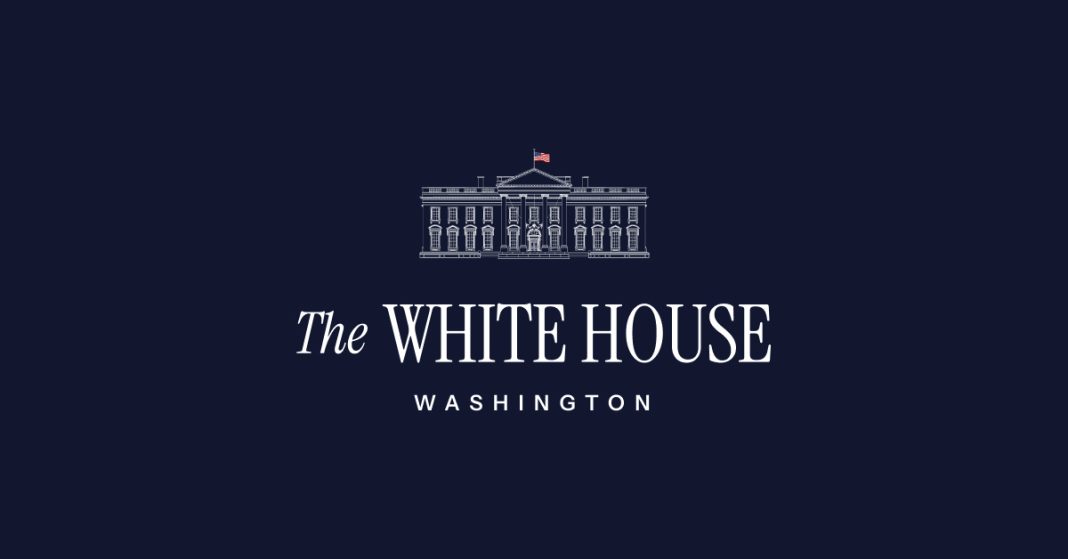Imagine a world without your smartphone, electric car, or even advanced medical equipment. Sounds bleak, right? The truth is, much of our modern existence, from cutting-edge tech to renewable energy, relies on a handful of obscure but incredibly important materials: critical minerals and rare earths. For too long, the supply chains for these essential elements have been concentrated, creating vulnerabilities that could ripple across industries and national security.
But a significant shift is underway. The United States and Japan, two global powerhouses, are joining forces in a landmark alliance aimed at fortifying these crucial supply lines. This partnership isn’t just about acquiring resources; it’s about building a more resilient, ethical, and sustainable future for our interconnected world.
The Unseen Engines of Our Future
What exactly makes these minerals so “critical”? Think about it: a lithium-ion battery in an EV, a powerful magnet in a wind turbine, the intricate circuitry in a microchip. These aren’t just components; they’re the silent engines of our technological progress and the bedrock of the green energy transition. Rare earths, in particular, possess unique magnetic and conductive properties that are irreplaceable in many high-tech applications.
However, extracting and processing these materials often comes with significant environmental and geopolitical challenges. The concentration of their production in a few regions has highlighted the urgent need for diversification and secure access. A disruption in this delicate supply chain could halt innovation, impact economic growth, and even compromise defense capabilities.
A Strategic Handshake for Supply Resilience
The US-Japan alliance is a proactive response to these challenges. This isn’t merely a trade agreement; it’s a strategic partnership built on shared values and a common vision for robust, reliable supply chains. Both nations are committing to significant investments in new mining projects, processing facilities, and recycling technologies, not just within their borders but also in allied countries. The goal is clear: reduce over-reliance, boost domestic and friendly-nation production, and foster greater transparency.
Furthermore, the collaboration emphasizes research and development into alternative materials and more efficient extraction methods. It also prioritizes environmental protection and fair labor practices, ensuring that the pursuit of these vital resources aligns with global sustainability goals. As one industry analyst recently put it, “This isn’t just about securing materials; it’s about securing our technological future and fostering economic stability through shared democratic principles.”
Forging a Path to Global Stability
This alliance represents more than just a bilateral agreement; it’s a blueprint for how nations can collectively address complex global supply chain issues. By pooling resources, expertise, and political will, the US and Japan are setting a precedent for international cooperation in securing the foundational elements of modern society. This strategic move aims to ensure that the vital ingredients for innovation, clean energy, and economic prosperity are accessible, stable, and ethically sourced for decades to come, benefiting not just themselves but the global economy at large.




